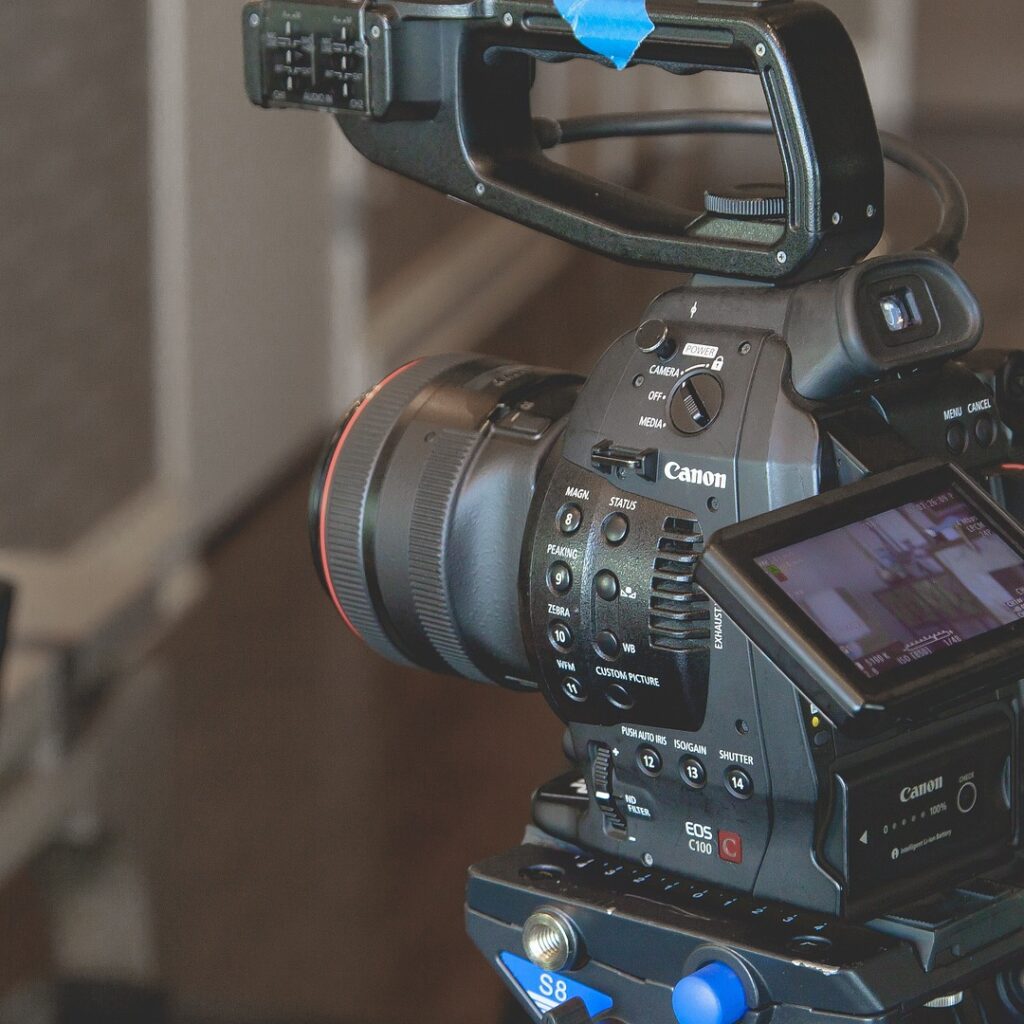Between filming and what appears in theaters, there’s a lot of post-production processes which go into the editing stages. Many noises you hear on screen are actually recorded in a studio at a separate time. Additionally, the lighting and color is run through softwares to correct or artistically modify a scene.
Here are 3 of these processes to give you insight into what brings a video to life.

1. Sound Design
Sound design plays an essential role within the editing process. Many things on screen are passed out to professional sound designers to record or recreate. A foley artist might tap shoes against a wooden floor in order to mimic a character walking in the film they’re working on. Most sounds are hard to capture during the filming process, so this can be an excellent resource to make the noises clear.
Additionally, the sound designers have to implement these noises without overpowering the dialogue. Each background sound has to be perfectly balanced to be believable and not distractive. A great example is background music which is unable to be heard by the character. This sets the mood of the scene, but if it’s too overpowering it can take away the impact.
2. Lighting and Color Correction
Within television, there’s been a profound shift with cinematography. Shows like Euphoria have relied on captivating makeup looks and excellent cinematography to heighten its storytelling. However, not all of its effects are done with the initial shot. A lot of these projects use industry level software to build this.
For instance, programs like Adobe After Effects and Premiere Pro offers lots of tools to modify the visuals. Lighting and color correction can bring a scene to life and alter the tone to match the rest of the film. Every angle and shot counts.
Furthermore, a well-designed scene can really define your video project.
3. Clip Editing
Oftentimes, when an editor is handed the raw footage, each scene will have multiple takes. Knowing which works best and when to cut angles is a precise skill. There are many rules that aid in this process and outline ways to make cuts seamless.
A camera angle change is supposed to be unnoticed and intentional. If you make a jump too dramatic, you risk pulling your audience out of a scene or overwhelming them. An example of a strategy to avoid this is cutting-on-action. This principle is the process of switching camera angles in the middle of a movement. Since the focus is on the movement, the shift is less jarring.
Editing is a major part of post-production and can make or break a film’s immersion.
Conclusion
In short, post-production processes play a major role in what appears in theaters. Whether it’s an independent short film or a studio production, these adjustments elevate footage and make it impact audiences. This list only contains three roles, but ultimately, a lot more people are involved in these finishing stages.
For more things video editing, check out Ferrygodmother.com.

